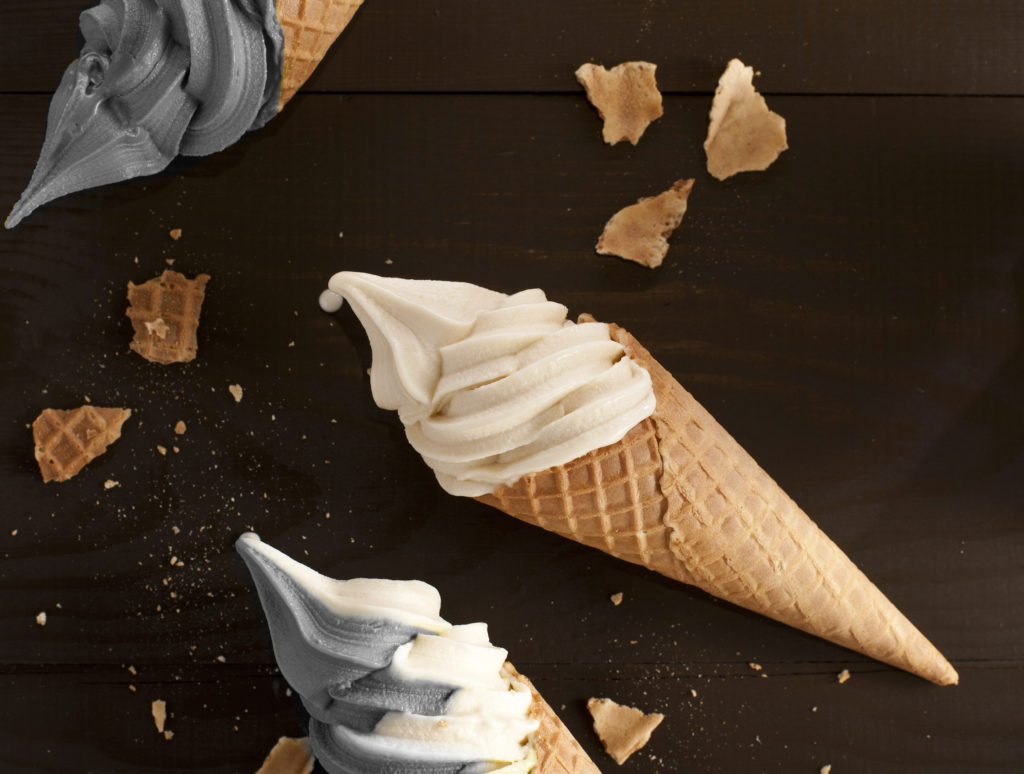
Photo: BEAN HOUSE
When it comes to plant-based milk, we think of soy milk as it has a long history, much longer than we thought. In the East, it is believed that soy milk was invented by An Liu, a grandson of Emperor Gaozu of Han Dynasty, also known as Bang Liu, dating back some 1,900 years ago. In the West, it has been a substitute to dairy milk for decades.
In recent years, consumers in China have been spoiled with deliciousness inspired by soy milk, such as soy milk bubble tea, soy milk cream topping, or soya beancurd pudding. Many of them are developed and marketed by both big chains and start-up brands, such as Yonghe Soy Milk, CHINESE TOFU MAGICIAN or Young Soy Milk, thanks to the heated plant-based milk market.
As a report by Transparency Market Research shows, the plant-based milk market was expected to record a revenue hitting US$14 billion in 2019 and it is expected to grow at a CAGR of about eight per cent through the forecast period. The report points out that soy remains the most preferred source of plant-based milk, which has been a popular daily drink for breakfast in China. But its popularity has extended to tea drinks, desserts, pastries, and even ice cream.
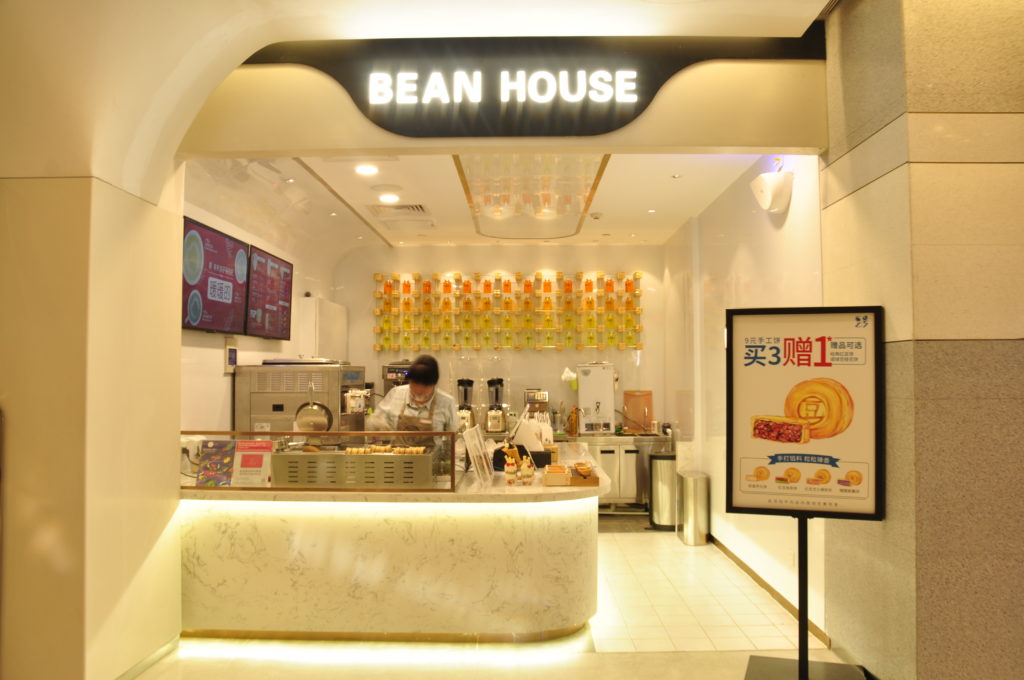
Photo: BEAN HOUSE
A Rising Star
Apart from those consumers who are dairy intolerant or vegans, many people now seek soy milk for a healthier lifestyle as well as for a different taste palate, according to Wei Yang, CEO of Beijing-based BEAN HOUSE. “It has been 10 years. We may be the first Chinese brand focusing on bean-based milk and by-products.”
BEAN HOUSE is known for its four product lines — ice cream, bean-based milk beverages, handmade pancake, and puddings — using different beans as ingredients. “We launched our ice cream line seven years ago. But every year, we change the recipes and product presentations to meet customers’ needs.” Back then, the brand launched two different flavors, Soy Ice Cream and Matcha Soy Ice Cream. “The matcha flavor was a hit. We changed its name to Matcha Ice Cream due to the popularity of the magic green powder. But there was a problem: Nobody noticed that the ice cream was made from soya beans,” Yang recalled.
Time changes. So does consumers’ preference. People pay the bill without hesitation when they know it is made from soy nowadays. Even big tea drink chains like HEYTEA and Nayuki turned to plant-based milk, introducing soy milk into their product lines.
As Yang shares, they have conquered the technological difficulty when making milk for ice cream using different beans, such as red beans or black beans. “We learn about each different bean (type) and do experiments in different circumstances to develop our own recipes,” he said. “The innovation we aim at is not only about the product or its presentation but also the making methods.” When you taste its ice cream, you will get to know what Yang means by the innovation of making methods. There is no beany flavor at all. The soft ice cream is silky in texture with a nice soya fragrance. The taste is well balanced too. However, you feel satisfied and full after the chilled indulgence.
“Most soft serves use a swelling agent to make the ice cream look bigger. When it is served and contacts with air and heat, it starts to melt quickly,” Yang explained. “We don’t add such additives. If our soft serve looks like 100 grams, it weighs the same too. It can stay in shape much longer but it is quite ‘filling’, too. You can eat it as a meal if you like.” The last sentence may sound like a joke but if you are into fitness, it can be a great alternative when you are craving for ice cream or a cheat meal.

Photo: BEAN HOUSE
Tell the Difference
The ‘milk’ BEAN HOUSE produces is not limited to soy milk, in fact. The brand has mastered the technology to turn soy beans, red beans, mung beans or even black beans into tasty liquids, which also removes purine from the drink. “But our milk texture is different from the soy milk, what we used to have for breakfast,” Yang stressed. “The solid content contained in our milk can reach 20 per cent; however, it may be just around six per cent in traditional soy milk.” The texture is much thicker as soybean dregs are well kept in the drink, which means you can even ‘absorb’ more nutrition from either a drink or ice cream from BEAN HOUSE.
The difference doesn’t lie in the taste and texture only. Creative brands like BEAN HOUSE also strive to change the traditional image of bean-based food and beverages in China. “People used to think such drinks like soy milk were only a street food or home-made drink, relating it to traditional soy products from local food markets,” Yang pointed out, “We want to give bean-based drink or food a facelift, making it popular and trendy.”
With continuous efforts in the past years, BEAN HOUSE has upgraded its product lines, product presenta- tions, and VI system to attract more attention from target audience and the public. “We are happy that our customers like our products and accept the price too. They start to recognize the values of such products,” Yang said.

Photo: BEAN HOUSE
Online Promotion and Offline Branding
Nowadays, there are many online platforms such as communication tool WeChat or mobile app Dianping for foodies in China. In Yang’s opinion, such portals are carefully designed with tailored contents for foodies, luring them to try new drinks and food. “Such content on social media aim to meet foodies’ needs, which is also a kind of ‘education’. But it’s only about the product promotion.” BEAN HOUSE has been widely featured in online media, which leads to much online ‘traffic’ showing up offline to experience the brand.
But branding is about telling a good story, which requires a clear brand positioning and strategies as well as a deep understanding of the market. “We believe that branding needs both depth and professionalism. We now have more than 80 products ready to launch but we will choose the right time for each of them, based on our brand strategy and feedback from the market,” said Yang.
When many people aim to produce eye-pleasing products and fancy ice cream shapes, Yang puts quality and taste on the top. “To us, it matters a lot how we can achieve the mouthfeel and taste using our bean-based milk for customers. But we are not a brand for instant fame. You know, we are 10 now.”
Innovation in bean-based products may be just a start. At least, the ice cream has become a way of how we can enjoy nutrition from soy beans. “The essence of business is to find the need and offer a product that can be consumed again and again as well as to satisfy your taste buds,” Yang concluded.
One day, we will be embraced by more ice creams made from different beans, sharing chilled treats with healthy benefits.
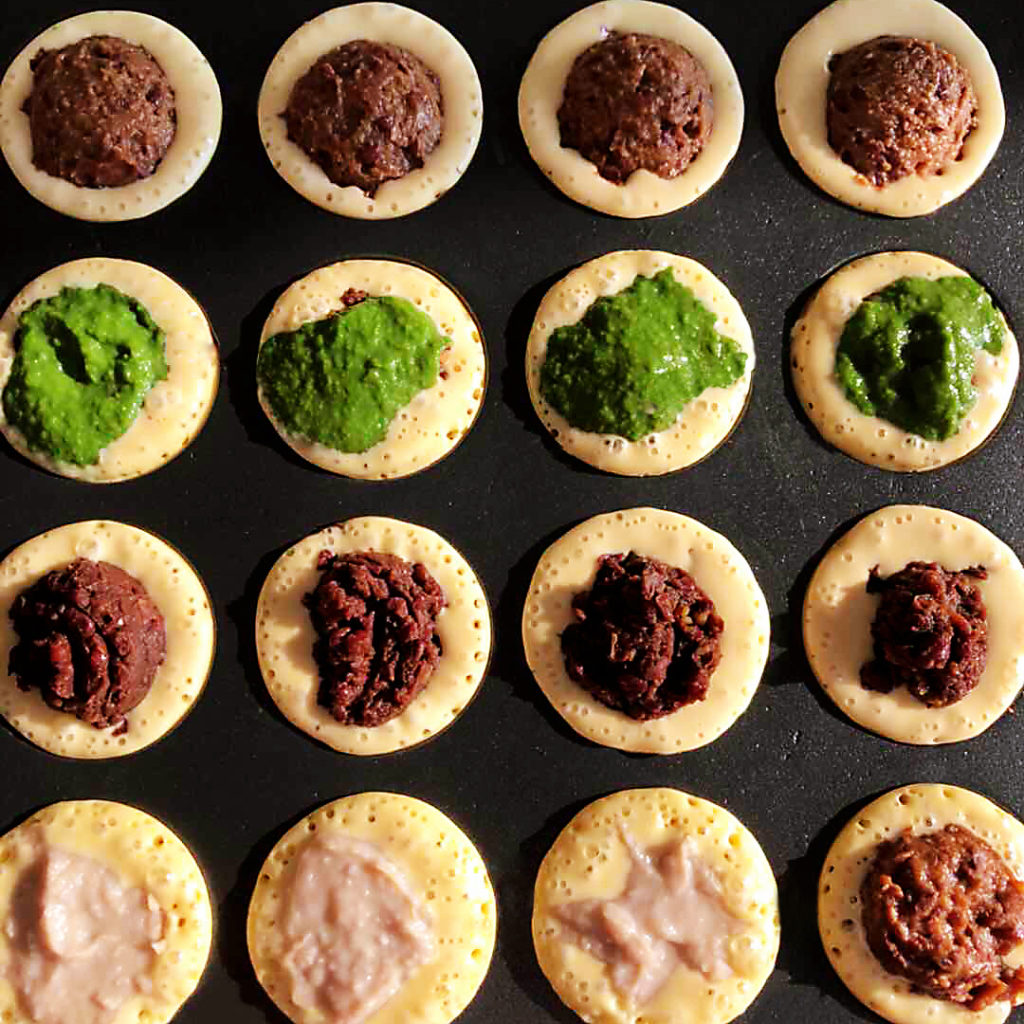
Photo: BEAN HOUSE
About BEAN HOUSE
A Beijing-based brand in making bean-inspired bever- ages, desserts, and ice cream. It has 16 stores in Beijing, eight in Xi’an, and one in Shanghai. The brand plans to open 10 more new stores nationwide in 2020 with a business strategy to promote bean-based snacks and plant-based meat.




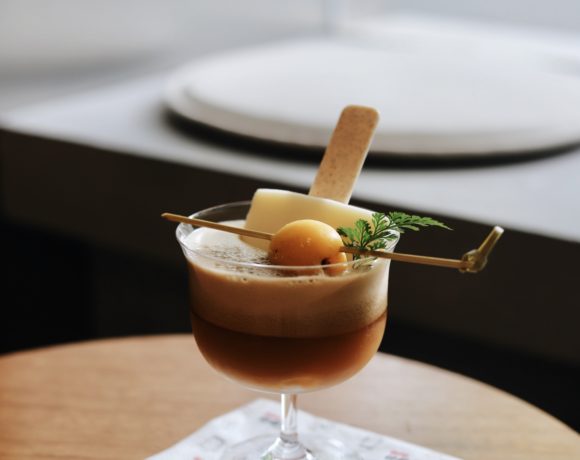
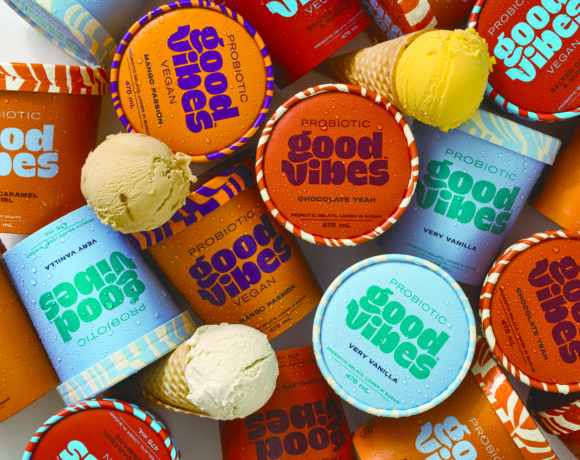






NO COMMENT